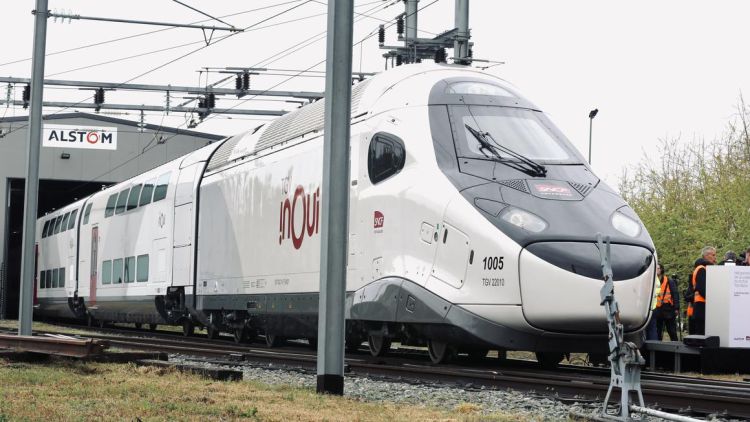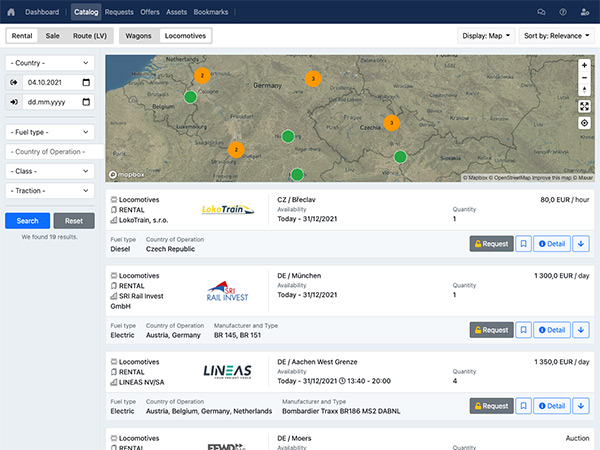On April 29, 2024, SNCF Voyageurs unveiled the livery of its forthcoming TGV INOUI (also known as TGV M), the latest generation of high-speed trains, at the Alstom factories in Belfort.
The TGV INOUI, currently undergoing testing on the National Rail Network since June 2023, displayed its new design elements, conceived by AREP and Nendo. The design features a palette of gray and white with rounded shapes, along with a distinctive "Frenchberry" red on the boarding doors. Notably, the front of the train features a long black ellipse that simplifies many technical aspects into a streamlined visual presentation.
This new generation of TGVs departs from traditional paint and decal methods. Instead, the entire livery is applied using paint, intended to be more durable and reduce maintenance downtime. The colors selected also aim to improve the train's reflectivity, thereby potentially decreasing energy consumption during warm weather conditions.
The TGV M continues the tradition of distinctive liveries that both reflect technical advancements and align with the SNCF Group's long history of innovation. Past liveries, such as the orange of the original TGVs and the blue of the TGV Atlantique and Duplex, also aimed to symbolize the evolution of high-speed rail travel.
In addition to aesthetic developments, the production processes for these new trains have been overhauled. Alstom's facility in Belfort has adopted a standardized and streamlined manufacturing approach on a versatile assembly line that handles both power cars and locomotives. This line incorporates modular tools and ergonomic considerations to optimize resource use and minimize energy consumption.
The painting of a motor car is a detailed process involving degreasing, sanding, and applying varnish, followed by a rigorous 14-day drying period and subsequent quality checks and resistance tests. These meticulous procedures are part of ensuring the durability and appearance of the trains.
Currently, SNCF Voyageurs and Alstom are conducting admission tests to ensure the train's reliability and performance under various operational conditions. These tests, running until July 2024, are crucial for obtaining the necessary Marketing Authorization from the European Railways Agency.

